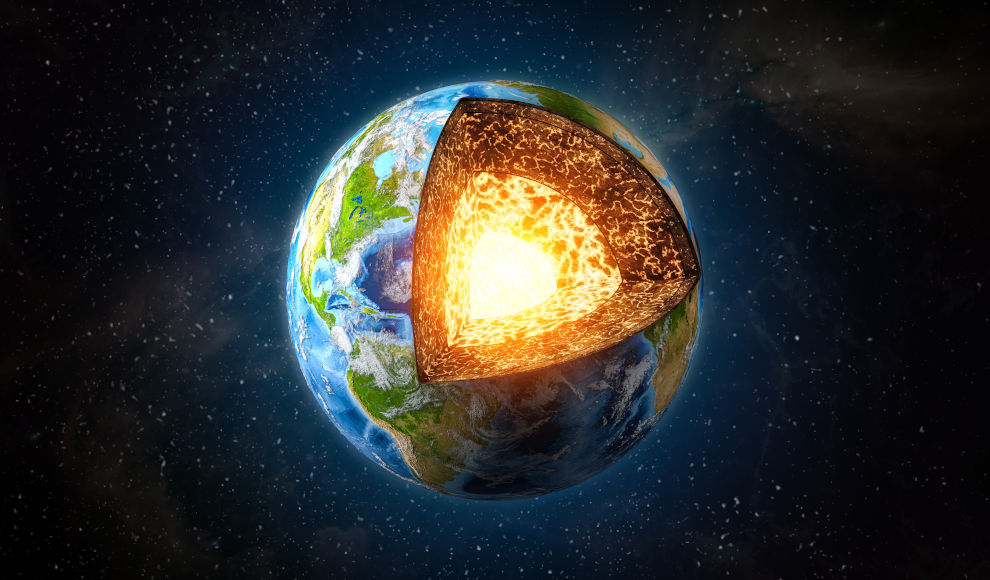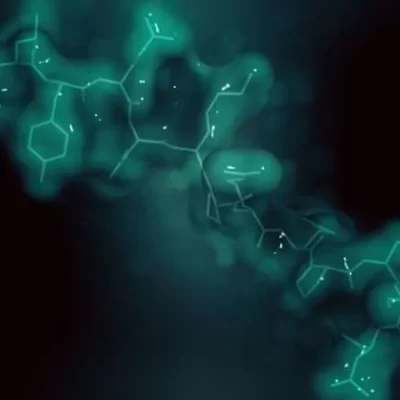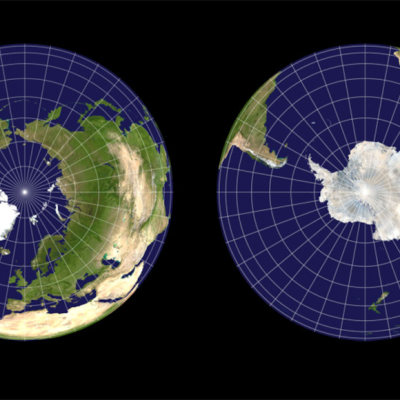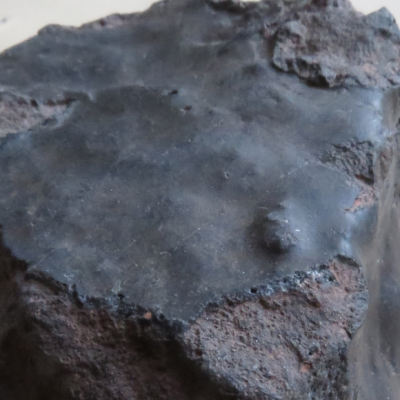A recent discovery by researchers at the Australian National University (ANU) has revealed that the Earth has a fifth layer, previously unknown to scientists. The discovery was made by analyzing seismic waves from earthquakes, which showed the presence of a 650-kilometer metal ball in the Earth’s core. This means that the Earth is made up of five layers, rather than the previously believed four. The new layer, known as the “innermost inner core,” is located within the Earth’s inner core and is made up of a crystallized structure that differs from the outer layer of the inner core.
The discovery was published in the journal Nature Communications and is a significant breakthrough in our understanding of the Earth’s composition. The existence of the innermost inner core was first hypothesized about 20 years ago, but until now, there was no concrete evidence to support the theory. The ANU researchers analyzed data from over 200 earthquakes of magnitude six or higher from the past decade to verify their findings. They focused on the seismic waves of the earthquakes, which pass through the Earth’s core and emerge on the opposite side of the planet before returning to their origin. This process is similar to a ping-pong ball bouncing back and forth and was previously known to scientists. However, the technology was not advanced enough to verify the presence of a metal ball in the innermost inner core until now.
The discovery of the innermost inner core has significant implications for our understanding of the Earth’s formation and evolution. The ANU researchers believe that the metal ball is made up of iron and nickel and is responsible for generating the Earth’s magnetic field. The discovery also sheds light on the Earth’s internal dynamics and how seismic waves travel through the different layers of the planet. The ANU researchers plan to continue their research to gain a better understanding of the innermost inner core and its role in the Earth’s composition and behavior.










